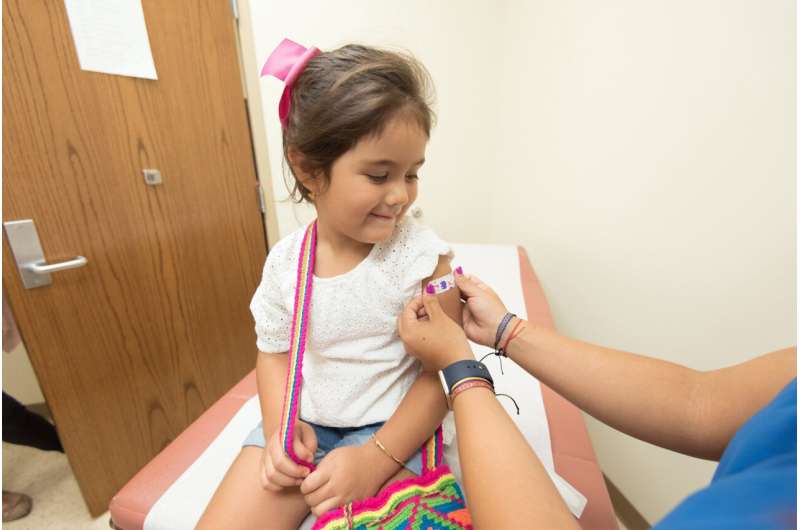Genetic Insights Reveal Why Certain Strep Infections Become Life-Threatening

A groundbreaking study reveals that a specific genetic mutation in *Streptococcus pyogenes* is linked to severe invasive infections, offering potential new targets for treatment.
Research conducted by scientists from the University of Osaka has uncovered a crucial genetic mutation in Streptococcus pyogenes, the bacterium responsible for illnesses like strep throat. This mutation has been strongly linked to the development of severe invasive infections that carry a high risk of mortality. The key finding is a mutation in a gene encoding a bacterial ferric ion transporter, which plays a vital role in how the bacteria acquire iron, a nutrient essential for their survival.
This specific mutation, observed exclusively in Japanese strains, weakens the bacterium’s ability to grow in human blood. Such a reduction in growth capacity is linked to increased pathogenicity, marking a new mechanism through which S. pyogenes causes more dangerous infections. The discovery is novel and promising as it might provide a new target for developing treatments and prevention strategies.
The research team analyzed 666 bacterial strains—comprising 311 from Japan and 355 from other regions—using advanced pangenome-wide association studies. Their analysis not only identified this unique mutation but also revealed that many genes formerly considered responsible for bacterial virulence were more common in less harmful strains. This suggests that in some cases, bacteria become more virulent by losing certain gene functions rather than gaining harmful ones.
The findings significantly enhance understanding of severe invasive streptococcal infections, especially within the Japanese population. Dr. Masayuki Ono, the lead researcher, emphasized that large-scale genomic analysis, combined with experimental validation, could pave the way for innovative therapies targeting this mutated iron transporter mechanism.
Furthermore, this study demonstrates the powerful potential of large-scale genomic investigations to unravel complex disease processes, which may apply to other infectious diseases in the future.
This research underscores the urgent need for new strategies to combat invasive S. pyogenes infections, especially given the rising cases in Japan in 2024, and highlights how genetic analysis can guide the development of targeted treatments.
Source: Medical Xpress
For more details, the study is published in the journal eLife and can be accessed here.
Stay Updated with Mia's Feed
Get the latest health & wellness insights delivered straight to your inbox.
Related Articles
Innovative Lipid Nanoparticles Offer Hope for Treating Rare Genetic Disease Alpha-1 Antitrypsin Deficiency
Breakthrough gene therapy using targeted lipid nanoparticles shows promising results in repairing DNA in organs affected by alpha-1 antitrypsin deficiency, offering hope for a potential cure to this rare genetic disorder.
Innovative Targeted Therapy Shows Promise for Treating Aggressive Liver Cancer
A recent study reveals a promising combination therapy using angiogenesis inhibitors and immune checkpoint blockade for treating aggressive liver cancer subtypes characterized by vascular structures and immune evasion.



